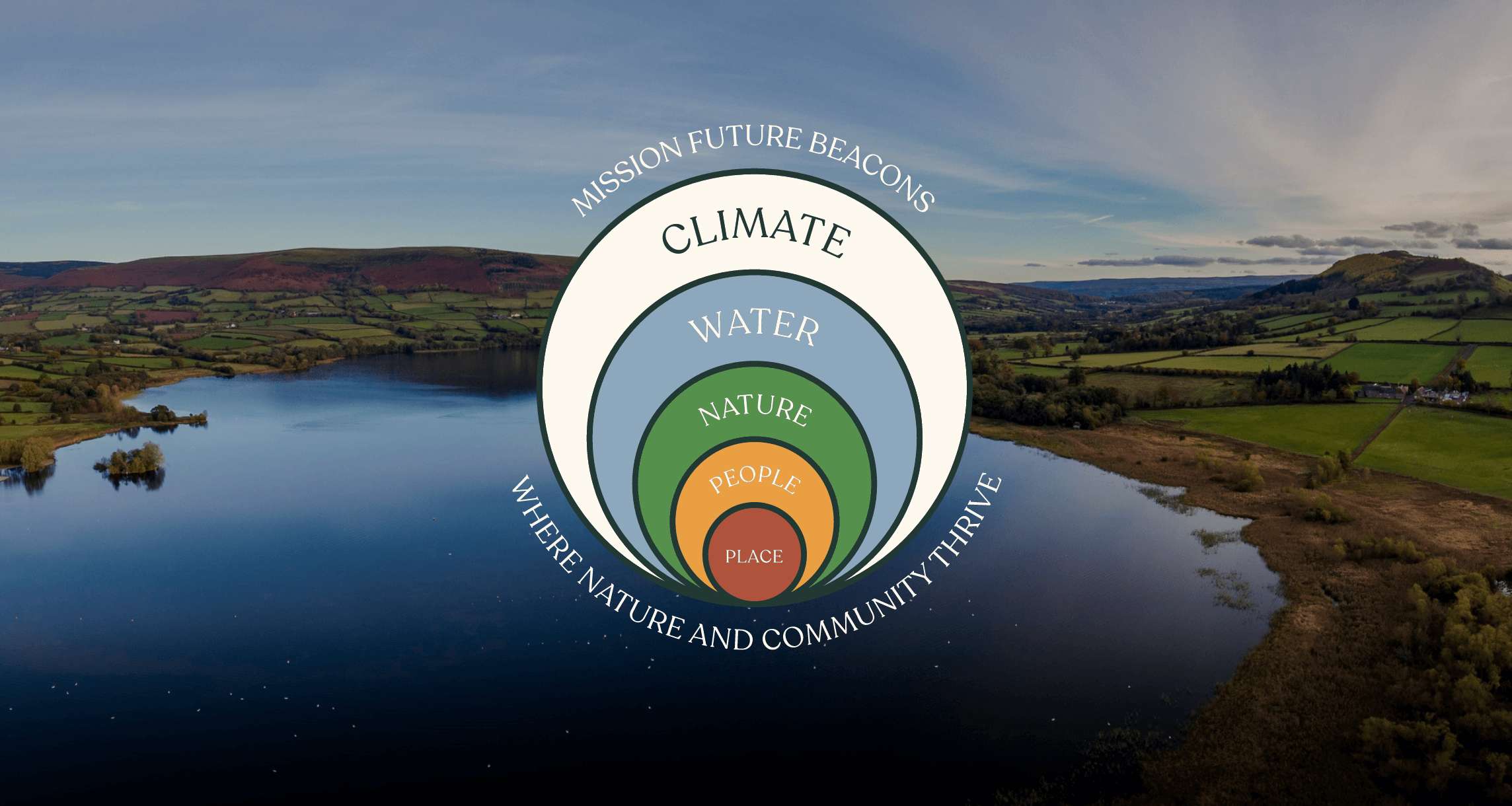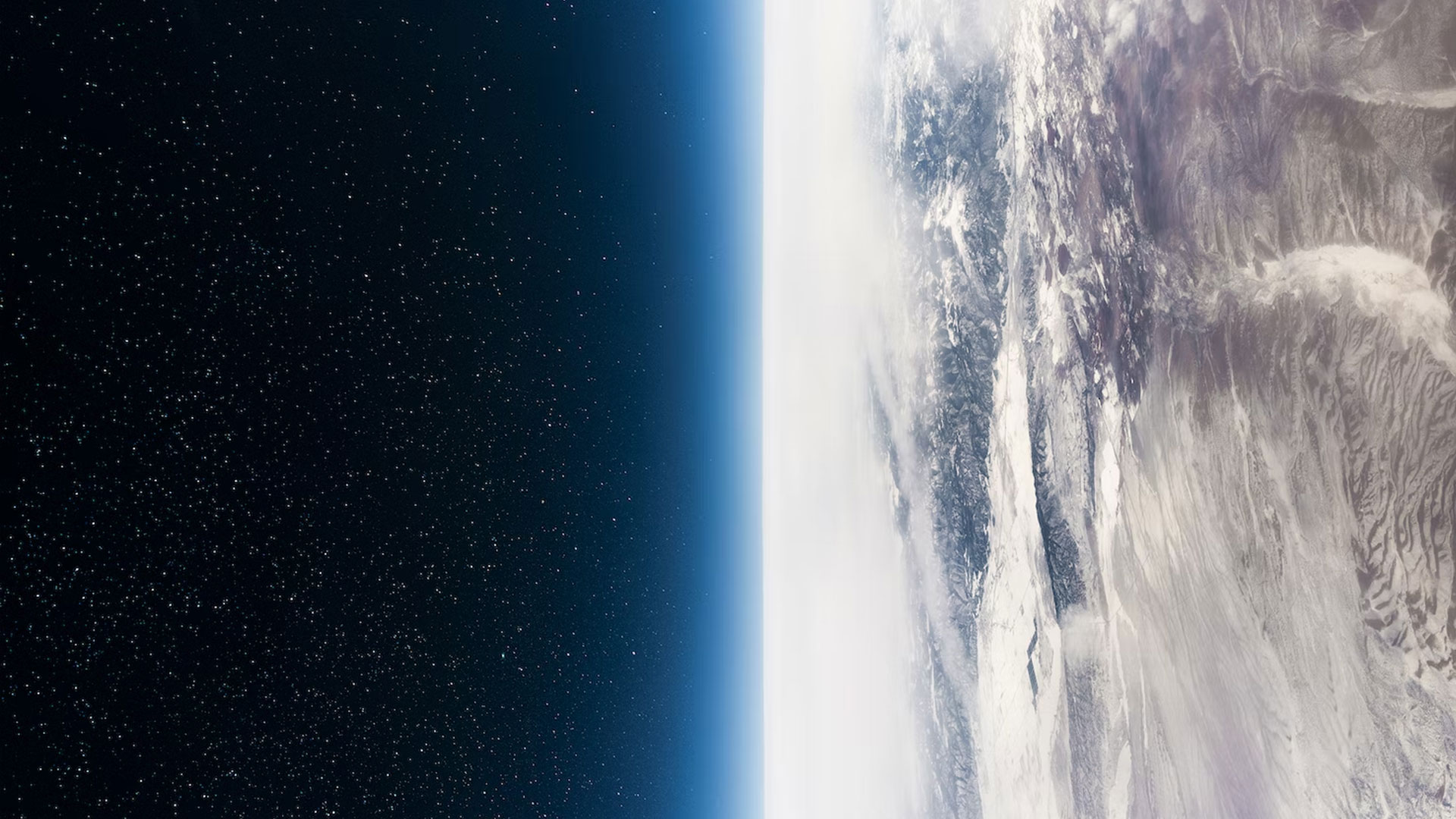Measuring, Monitoring, Evaluating and Reporting
The urgency of the issues we face mean that we must ensure that we embed its delivery into everything we do, whilst working with our partners to encourage them to do the same.
To ensure that this plays out in the years that follow publication, the National Park will put resource into monitoring the impacts of this plan, reporting on them, and advocating for further action where the data shows us the plan is not being effective.
Aiming for the Just and Safe Space
The plan is based on the primary goal to enable the users of the Park:
- To utilise the natural resources of the Park within planetary boundaries (not use more of natural resources than the Earth can sustain for the benefit of future generations)
- Whilst at the same time ensuring all people have enough resources to meet their basic needs (achieving the wellbeing goals) by raising living standards above the social foundation
To visualise this goal we use an adapted version of Kate Raworth’s Doughnut Model of planetary and social boundaries. It shows us where we are in relation to this overarching objective. For that reason it provides the most appropriate tool to help us monitor our progress in delivering this plan. We can use the key indicators of the Doughnut to measure the progress made towards lasting social and environmental sustainability for the Park.
This chapter looks at each sector of the Doughnut and defines how we want to measure our progress towards the just and safe space. We take a long term view on this action, and for that reason it has been necessary to develop a series of indicators along a trajectory over a period of about 50 years.






